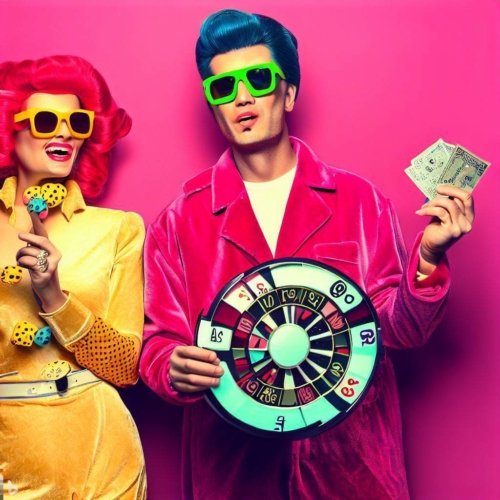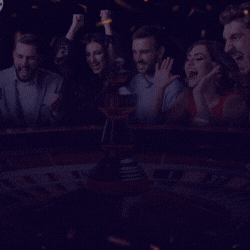Casino gambling has long been a captivating theme in popular culture, serving as a source of drama, tension, and excitement. Throughout history, movies, TV shows, and songs have depicted casinos and gamblers in various ways, shaping public perception and influencing behaviors related to gambling.
 Positive Portrayals
Positive Portrayals
“Casino Royale” (2006): This James Bond film features the suave MI6 agent James Bond engaged in high-stakes poker against a villain. The movie portrays Bond’s strategic thinking and intelligence in a casino setting, glamorizing the thrill of gambling and emphasizing skill-based play.
“The Cincinnati Kid” (1965): This classic film follows a young poker player trying to establish himself as the best in the game. The movie highlights the determination and perseverance of the protagonist, portraying gambling as a battle of wits and nerve.
“Rounders” (1998): The movie showcases the world of underground poker and the protagonist’s journey to repay his debts through skilled casino gambling. It emphasizes the camaraderie among gamblers and portrays poker as a blend of skill and psychology.
Negative Portrayals
“The Gambler” (2014): This film depicts the downward spiral of a literature professor addicted to gambling. The movie explores the destructive nature of addiction and its impact on personal and professional life.
“Owning Mahowny” (2003): Based on a true story, the film follows a bank manager’s compulsive casino gambling that leads to embezzlement. It delves into the psychological aspects of addiction and the consequences of unchecked behavior.
“California Split” (1974): This film offers a realistic portrayal of the highs and lows of gambling, focusing on two friends’ experiences in the world of betting. It shows the risks and instability associated with the gambling lifestyles.
Historical Context and Evolution
The portrayal of casinos and gambling in popular culture has evolved over time. In earlier decades, movies often romanticized the allure of casinos and high-stakes gambling. However, as societal awareness of addiction and its consequences grew, portrayals shifted to highlight the negative outcomes of gambling.
Romanticization, Glamorization, and Critique of Casino Gambling
Casino gambling has been romanticized through characters who display confidence, intelligence, and charm while participating in games of chance. Glamorization is evident in scenes depicting opulent casinos, luxurious lifestyles, and high-stakes tournaments. Conversely, characters suffer financially, strained relationships, and addiction’s psychological distress due to gambling.
Effects of Casino Gambling Portrayals on Public Perception and Behavior
Pop culture portrayals of gambling, including casino reviews, can influence how the public perceives staking. Positive portrayals boost gambling interest, while negatives raise danger awareness. These depictions, along with casino reviews, can influence individuals’ decisions to gamble and the level of risk they are willing to take.
Statistical Data and Trends
Research has shown that the release of influential gambling-related media can impact gambling behavior. After certain movie/TV releases, land-based and online gambling can spike, especially in gambling-prone regions like the USA. Conversely, negative portrayals may lead to decreased engagement in gambling activities.
Societal Responses to Casino Gambling Influence
The influence of casinos and gambling in popular media, has prompted regulatory responses and public awareness campaigns. Certain jurisdictions, such as the USA, enforce tighter casino and gambling ad regulations to reduce harm. Additionally, organizations may create awareness campaigns highlighting responsible gambling and the risks of addiction.
In conclusion, the portrayal of casino gambling and casino games in movies, TV shows, and music has shaped public perception and behavior towards gambling. Therefore, the portrayal of gambling in popular culture has evolved, reflecting societal attitudes and concerns. However, these portrayals have complex effects, impacting positive engagement and potential harm, prompting societal responses.










